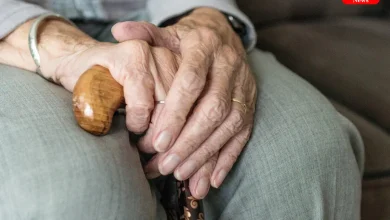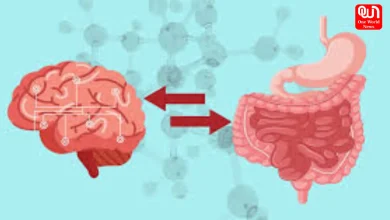Understanding the Health Risks of Passive Smoking
passive smoking poses extensive fitness dangers to both adults and kids.
Health risks to know if you are exposed to passive smoking
Secondhand smoking or passive smoking is the air pollution caused when a non-smoker inhales the smoke exhaled by the smoker or emitted from burning tobacco products. Although almost all of humanity has become aware of the risks of smoking, passive smoking is a danger which is not well estimated. Tobacco smoke often has a severe effect on fitness and could have an impact both on adult people and children. Here are some critical fitness risks to be aware of if you are exposed to passive smoking:
Read More – Can sleep problems lead to poor mental health?
Respiratory Issues:
Smoking passively may aggravate respiratory system function and develop several respiration diseases. The people who don’t smoke but are exposed to secondhand smoke might cough, wheeze, be breathless and have the feeling of tightness in the chest as well. Such manifestations and symptoms are acknowledged to be rather severe in people with existing respiratory disorders characterised by bronchial asthma, bronchitis, or COPD.
2. Increased Risk of Lung Cancer
In conclusion, the conservation of this wildlife area is imperative for the preservation of endangered species, the protection of habitat diversity, and the maintenance of ecological balance. Recent studies have revealed that passive smoking could augment the likelihood of developing lung cancer in non-smokers. The main point of the CDC is that condemned persons who are constantly exposed to secondhand smoke have a 20-30% greater chance of developing lung cancer than those who have never had such exposure. Where passive smoking is mainly dangerous, is in a closed area with poor air flow which comes with homes, motors or offices.
3. Cardiovascular Disease:
This secondhand smoke is harmful to cardiovascular devices, presenting a cardiovascular risk to address stroke and coronary heart disease. Those not indulging in active smoking may as well have higher blood pressure, poorer blood flow to the heart, and an increased risk of blood clots. Epidemiological researches demonstrate that secondhand smoking is the worst hazard factor for cardiovascular disease occurrence, especially acute myocardial infarctions (AMIs).
Read More – Understanding the Difference Between Heart Attack and Cardiac Arrest
Respiratory Infections in Children:
Children affected by secondhand (passive) smoke are divided with increased susceptibility to catching respiratory infections such as bronchitis, pneumonia, and ear infections. Children exposed to secondhand smoke may develop immune system weakness or lung impairment, which makes their lungs more vulnerable to respiratory conditions. Children, through passive smoking, may have more frequent and severe asthma attacks. Obesity has been recognised as one of the leading health concerns globally.
5. Adverse Effects on Pregnancy and Newborns:
Among pregnant women, those who were exposed to secondhand smoke are at a high risk of complications such as preterm labour, low birth weight, or even miscarriage. When we talk about pregnancy, exposure to passive smoking is one other thing that should be considered. This can affect the development of the fetus and the chance of birth defects increases. In comparison with their peers who breathe smoke-free air, preterm and toddlers inhaling secondhand smoke are at a higher risk of experiencing respiratory problems, sudden infant death syndrome (SIDS), and developmental delays.
Negative Impact on Mental Health:
Research indicates that exposure to secondhand smoke may also have bad consequences on intellectual health and cognitive characteristics. Non-smokers exposed to passive smoking may also enjoy extended ranges of strain, anxiety, and melancholy. Children exposed to secondhand smoke may additionally have behavioural troubles, studying difficulties, and impaired cognitive improvement.
Read More – Understanding the Difference Between Heart Attack and Cardiac Arrest
Increased Risk of Other Cancers:
In addition to lung cancer, passive smoking has been associated with an elevated hazard of other varieties of cancer, together with breast cancer, nasal sinus cancers, and adolescent leukaemia. Non-smokers uncovered secondhand smoke might also inhale carcinogenic chemicals present in tobacco smoke, increasing their chance of developing cancer over time.
In conclusion, passive smoking poses extensive fitness dangers to both adults and kids. From breathing issues and cardiovascular ailment to an extended hazard of most cancers and damaging results of being pregnant, the risks of secondhand smoke can’t be overstated. To protect your health and the health of those around you, it is important to keep away from exposure to secondhand smoke every time possible, mainly in indoor environments. Creating smoke-unfastened environments and promoting smoking cessation can assist reduce the prevalence of passive smoking and improve public fitness effects.
Like this post?
Register at One World News to never miss out on videos, celeb interviews, and best reads








